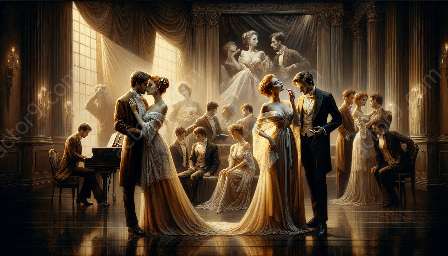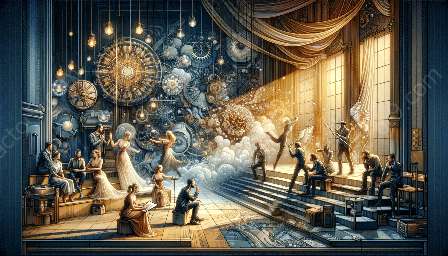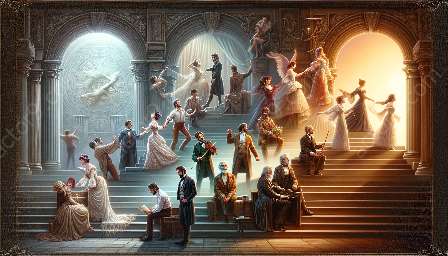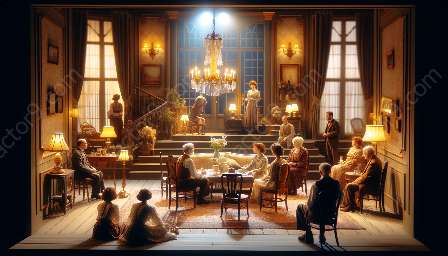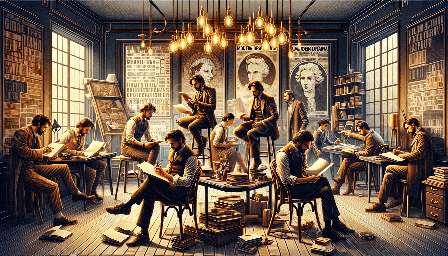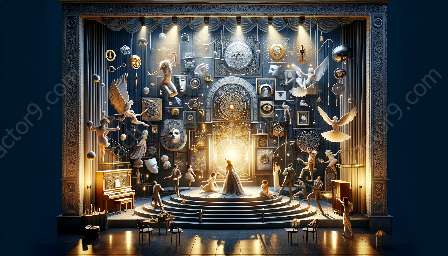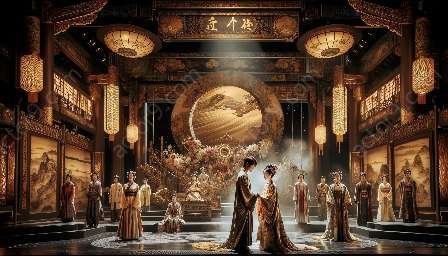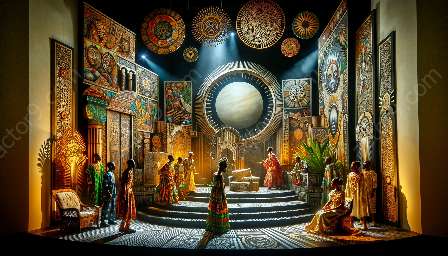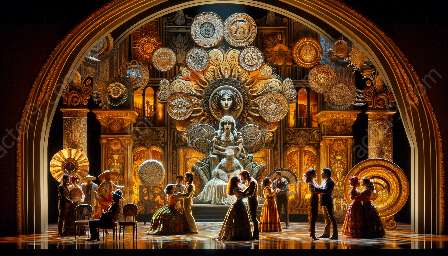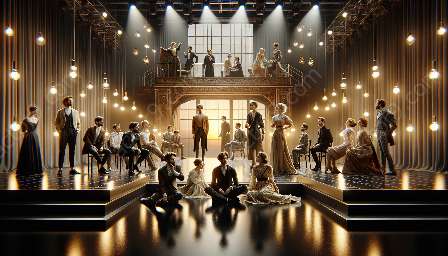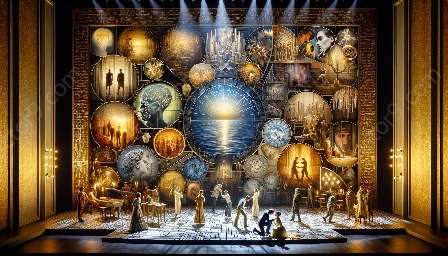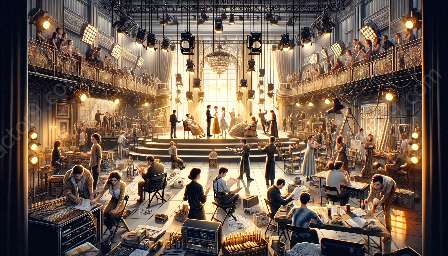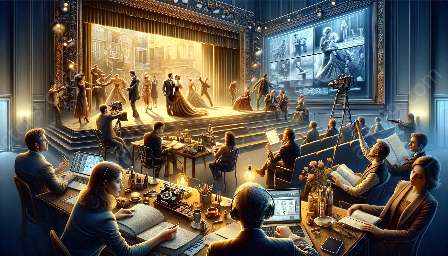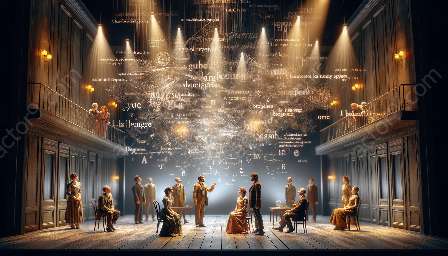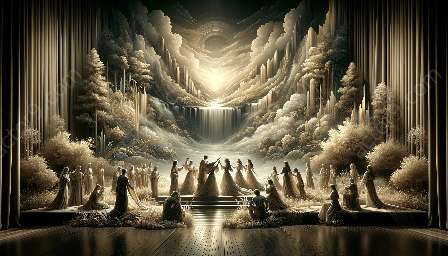Modern playwrights have taken a keen interest in addressing trauma and memory through a psychoanalytic lens in contemporary drama. This exploration delves deep into the human psyche, uncovering the complexities of trauma and memory through a modern lens. Psychoanalysis, as a theoretical framework developed by Sigmund Freud and further expanded by theorists such as Carl Jung and Jacques Lacan, provides a rich toolkit for understanding how individuals process and cope with trauma and memory.
This topic cluster seeks to unravel the ways in which modern playwrights have adopted and adapted psychoanalytic concepts and techniques in their works to offer nuanced explorations of trauma and memory. It investigates how these playwrights engage with themes of repression, the unconscious, and the impact of past experiences on present behaviors and relationships, ultimately enriching the landscape of modern drama.
Exploring Psychoanalysis and Modern Drama
Psychoanalysis, with its focus on uncovering unconscious conflicts, repressed memories, and defense mechanisms, has deeply influenced modern drama. Playwrights often use the stage as a canvas to depict the inner workings of the human mind, drawing from psychoanalytic theories to create multidimensional characters and intricate narratives that grapple with the complexities of trauma and memory.
Moreover, psychoanalytic concepts such as the Oedipus complex, the id, ego, and superego, and the symbolism of dreams permeate modern plays, offering audiences a profound introspection into the human condition. By employing these concepts, playwrights invite contemplation on the ways in which personal and collective traumas shape individual experiences and behaviors.
Themes and Approaches in Modern Playwrights' Works
Several prevalent themes and approaches emerge when examining how modern playwrights address trauma and memory through a psychoanalytic lens. These include:
- Unearthing Repressed Memories: Playwrights often craft narratives that unravel repressed memories, delving into characters' subconscious realms to expose the impact of past traumas on present psyches.
- Symbolism and Dreams: Modern drama frequently employs symbolism and dream sequences to convey the intricacies of trauma and memory, drawing from psychoanalytic interpretations to unravel the subconscious mind and its manifestations.
- Character Analysis: Through nuanced character development, playwrights utilize psychoanalytic frameworks to delve into the psychological depths of their characters, offering audiences a profound understanding of the complexities of trauma and memory.
- Tennessee Williams: Renowned for his exploration of psychological turmoil, Williams's plays such as 'A Streetcar Named Desire' and 'The Glass Menagerie' draw heavily from psychoanalytic concepts to depict characters grappling with trauma and memory.
- Harold Pinter: Pinter's works, such as 'The Homecoming' and 'The Birthday Party,' intricately weave psychoanalytic nuances into the fabric of his characters, creating enigmatic portrayals of trauma and memory.
- Sarah Kane: Known for her intense and visceral portrayals of human suffering, Kane's plays, including 'Blasted' and 'Cleansed,' offer a raw and unflinching examination of trauma through a psychoanalytic lens.
Key Playwrights and Notable Works
Several modern playwrights have prominently woven psychoanalytic themes into their works, enriching contemporary drama with insightful explorations of trauma and memory. Notable examples include:
Conclusion
The intersection of psychoanalysis and modern drama provides a captivating landscape for understanding trauma and memory in contemporary works. Through the lens of psychoanalysis, modern playwrights offer audiences profound insights into the complexities of the human psyche, delving into repressed memories, symbolic manifestations, and nuanced character portrayals. As audiences engage with these works, they are invited to contemplate the intricate ways in which trauma and memory intersect with the human experience, enriching their understanding of the depths of modern drama.

